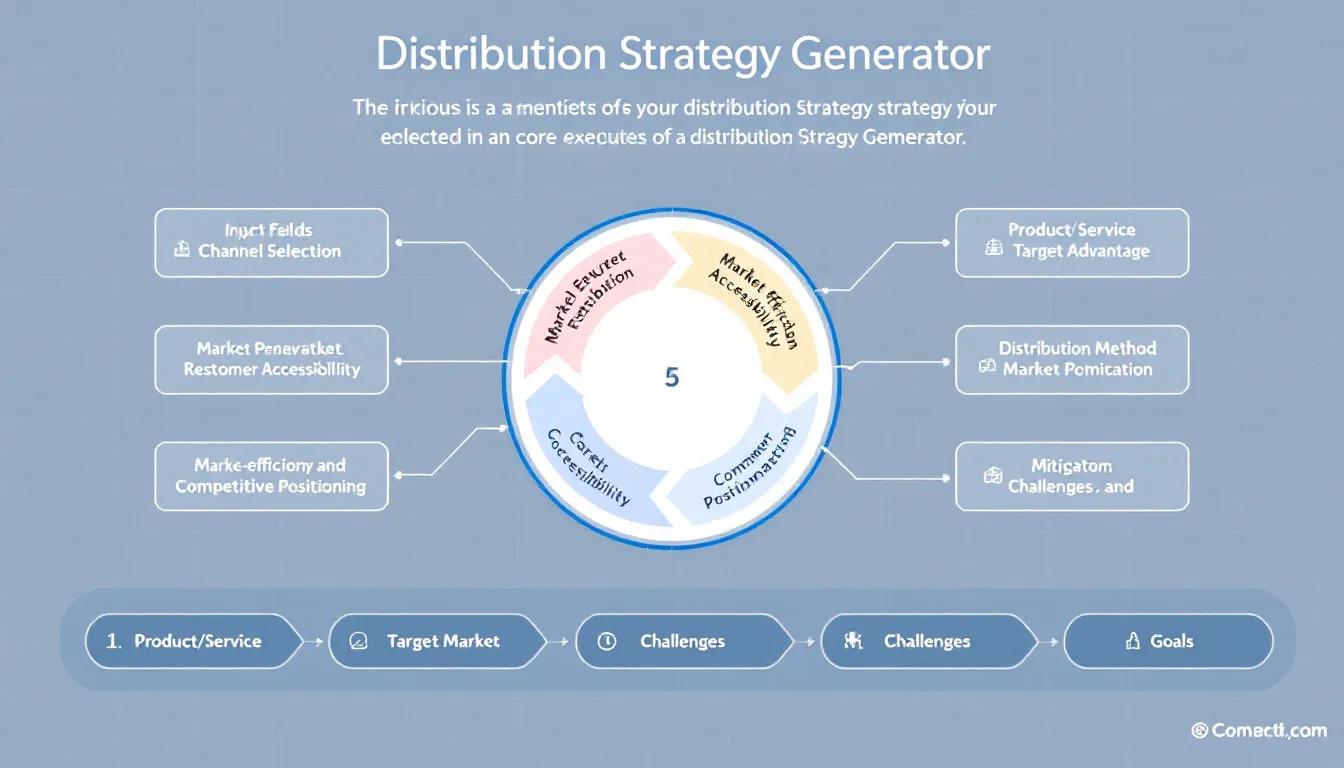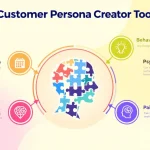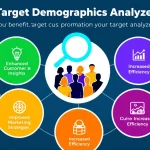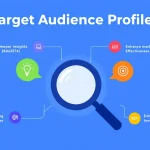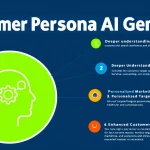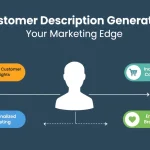Is this tool helpful?
How to Use the Distribution Strategy Generator Effectively
The Distribution Strategy Generator is designed to help businesses create targeted distribution plans. Here’s a step-by-step guide to using this powerful tool:
- Product or service field: Enter your specific product or service. For example: “Handcrafted artisanal coffee beans” or “Professional photography services”
- Target market: Define your ideal customer segment. For instance: “Coffee enthusiasts aged 25-40 in urban areas” or “Small businesses needing product photography”
- Distribution method: Specify your preferred distribution channels. Examples include “Specialty coffee shops and online subscription service” or “Direct B2B partnerships and industry networks”
- Challenges: Detail current obstacles facing your distribution efforts
- Goals: (Optional) Include specific, measurable objectives for your distribution strategy
Understanding Distribution Strategy Generation
A distribution strategy is a comprehensive plan that outlines how products or services reach end consumers. This tool employs advanced analysis to create customized distribution strategies that align with business objectives and market dynamics.
Core Components of Effective Distribution
- Channel selection and optimization
- Market penetration tactics
- Customer accessibility improvements
- Cost-efficiency considerations
- Competitive positioning elements
Benefits of Using the Distribution Strategy Generator
1. Strategic Advantage
The tool provides data-driven insights for competitive positioning and market expansion opportunities.
2. Resource Optimization
By identifying the most effective distribution channels, businesses can allocate resources more efficiently.
3. Market Penetration
Custom strategies help businesses enter new markets with targeted approaches designed for specific customer segments.
4. Risk Mitigation
The tool helps identify potential challenges and provides solutions before implementation.
Problem-Solving Capabilities
Market Access Challenges
The generator addresses common distribution obstacles through specialized solutions:
- Geographic expansion barriers
- Channel conflict resolution
- Market saturation solutions
- Customer reach optimization
Strategic Development
The tool creates comprehensive distribution frameworks that include:
- Channel mix optimization
- Partner selection criteria
- Performance metrics
- Implementation timelines
Practical Applications and Case Studies
Case Study 1: Specialty Food Producer
A boutique chocolate manufacturer used the generator to develop a multi-channel strategy:
- Direct-to-consumer e-commerce platform
- Wholesale partnerships with premium retailers
- Subscription box collaboration
- Results: 45% increase in market reach within 6 months
Case Study 2: Software Service Provider
A B2B software company leveraged the tool to expand internationally:
- Regional partner network development
- Cloud-based delivery system
- Local market adaptation strategy
- Results: Successfully entered 3 new markets in 12 months
Distribution Strategy Components
Channel Selection Framework
The tool evaluates distribution channels based on:
- Market coverage potential
- Cost-effectiveness
- Customer preferences
- Competitive landscape
- Implementation complexity
Performance Metrics
Key performance indicators tracked include:
- Market penetration rate
- Channel efficiency scores
- Customer acquisition costs
- Distribution coverage ratio
Optimization Techniques
The generator employs several optimization methods:
- Market segmentation analysis
- Channel performance modeling
- Cost-benefit evaluation
- Risk assessment matrices
Frequently Asked Questions
How do I determine the best distribution channels for my product?
The tool analyzes your product characteristics, target market, and business objectives to recommend optimal distribution channels that align with your goals and resources.
Can I use multiple distribution strategies simultaneously?
Yes, the generator often recommends multi-channel approaches when appropriate, helping you balance different distribution methods for maximum market coverage.
How should I prioritize different distribution channels?
The tool provides prioritization recommendations based on factors such as market potential, resource requirements, and expected ROI for each channel.
What makes a distribution strategy successful?
Success depends on proper alignment between your product, target market, chosen channels, and execution capabilities. The generator helps optimize these elements for your specific situation.
How often should I update my distribution strategy?
Regular reviews are recommended, particularly when market conditions change, new opportunities arise, or business objectives shift. The tool can help evaluate and adjust strategies as needed.
How can I measure the effectiveness of my distribution strategy?
The generator provides specific metrics and KPIs to track performance, including market penetration rates, channel efficiency, and customer acquisition costs.
Implementation Best Practices
Strategy Execution
Follow these key steps for successful implementation:
- Phased rollout approach
- Channel partner selection
- Performance monitoring
- Feedback integration
- Strategy refinement
Success Factors
Critical elements for distribution strategy success:
- Clear objectives and metrics
- Robust channel partnerships
- Efficient logistics management
- Continuous performance optimization
- Market feedback integration
Important Disclaimer
The calculations, results, and content provided by our tools are not guaranteed to be accurate, complete, or reliable. Users are responsible for verifying and interpreting the results. Our content and tools may contain errors, biases, or inconsistencies. We reserve the right to save inputs and outputs from our tools for the purposes of error debugging, bias identification, and performance improvement. External companies providing AI models used in our tools may also save and process data in accordance with their own policies. By using our tools, you consent to this data collection and processing. We reserve the right to limit the usage of our tools based on current usability factors. By using our tools, you acknowledge that you have read, understood, and agreed to this disclaimer. You accept the inherent risks and limitations associated with the use of our tools and services.
